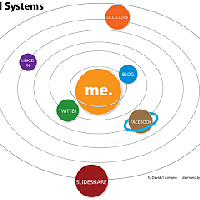Home
About Us
Page 2
The programs can also cover activities associated with animal health, plant health and production, aquaculture, food safety, nutritional sciences and promotion, family and consumer sciences, forestry, rural human ecology, and several others.
|
|
The National Institute of Food and Agriculture has outlined that they will give priority to proposals that:
a) Improve the educational equity for under-represented; students
b) Strengthen institutional educational capabilities;
c) Have the potential to prepare students for careers that are greatly related to food, agricultural, and natural; resource systems
d) Are capable of maximizing development and utilization of available resources that can potentially improve existing and future food and agricultural sciences teaching programs.
In order to achieve this objectives, NIFA is set to administer funds in the amount of $3,000,000 to eligible grant applicants.
The institutions and organizations who will be deemed eligible to participate in the Alaska Native-Serving and Native Hawaiian-Seving Institutions Education Competitive Grants Program are those public or private, non-profit Alaska Native-Serving and Native Hawaiian-Serving Institutions of higher education which have constantly meet the guidelines imposed by Alaska Native-Serving Institutions and Native Hawaiian-Serving Institutions.
Alaska Native-Serving and Native Hawaiian-Seving Institutions Education Competitive Grants Program
Back to Page 1
About The Author Michael Saunders is an editor of TopGovernmentGrants.com one the the most comprehensive Websites offering information on government grants and federal government programs. He also maintains Websites providing resources on community grants and health grants. |
Additional Resources
category - Education Grants
Summer Seminars and Institutes Program
Beyond Your Child's Classroom
What Are Title IV Programs and How Can They Help You Pay for College
All Children Reading Competition Program
Follow @topgovtgrant
Social Entrepreneurship
Spotlight
Social Enterprise Version 2.0

Midsize businesses are tapping into the social business market because large companies do not need the help of start-ups to create a “social technology stack.” But a social business stack cannot generate revenue by itself.
